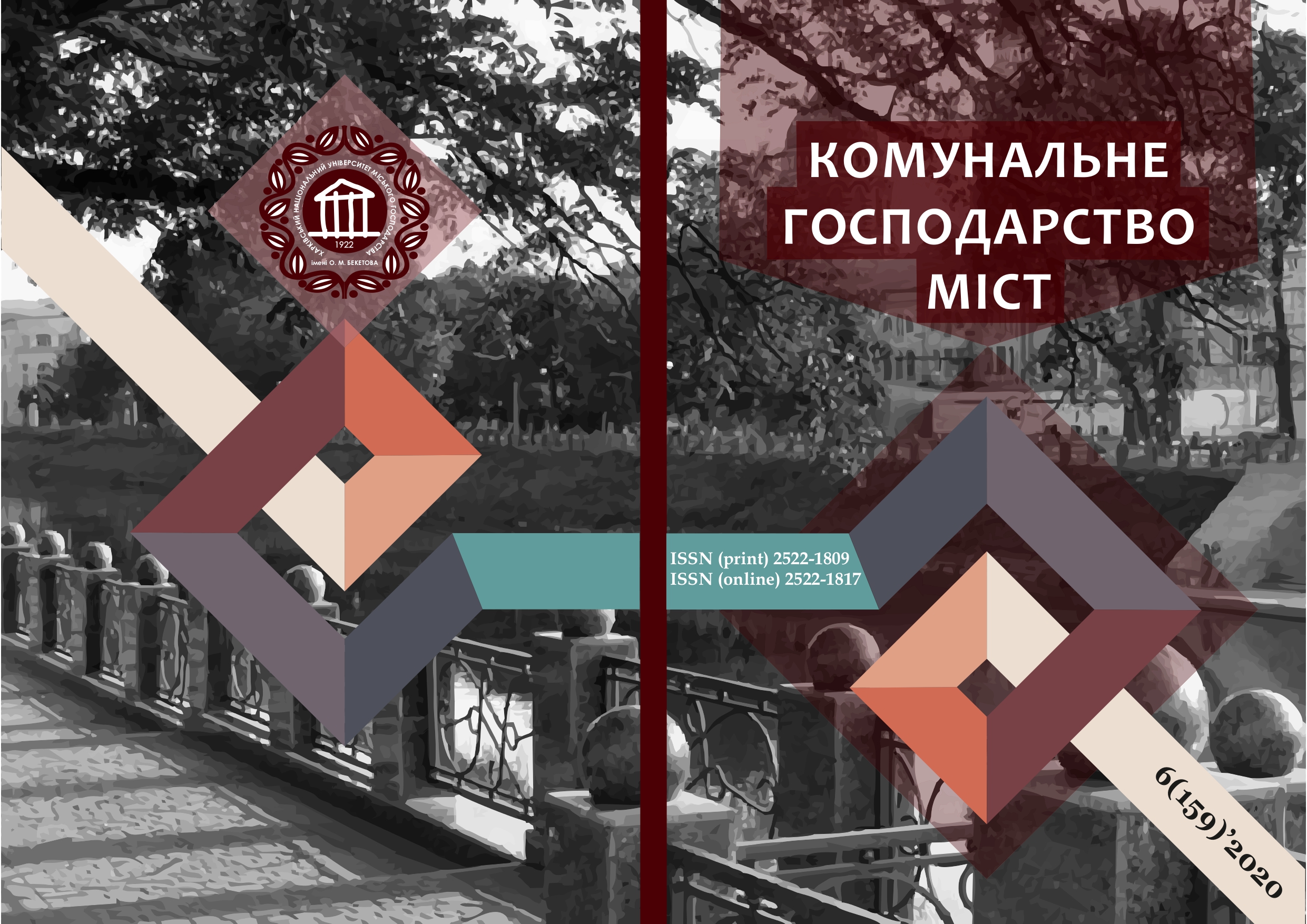IMPACT OF ROAD TRAFFIC ON DRIVER REACTION TIME
Array
Keywords:
driver, reaction time, traffic flow, human factorAbstract
The main problem of driving safety in the dark for drivers is the recognition of elements of the traffic situation. Changes in the characteristics of visual perception are due to changes in illumination, brightness of the color contrast of important and significant for the driver stimuli during movement. It is the recognition of existing obstacles in terms of contrast and brightness that is the biggest problem for drivers. When driving at night, drivers are prone to dazzle, they are less able to distinguish colors, and the field of view is significantly reduced. The availability of technical means for regulating traffic in accordance with road conditions and pedestrian traffic in the dark are the main means that allow the driver to navigate while driving. The driver's reaction time to the appearance of danger is decisive in the event of conflict situations in the dark. Driver reaction time is an important indicator of road safety. The reaction time is constantly changing and depends on many factors of working conditions, the functional state of the driver. Working conditions cause fatigue and emotional stress. The change in reaction time depends on the state of health, the intake of certain medications, the state of drug and alcohol intoxication, etc. etc. In addition, a person's age, gender and experience also affect the reaction time. A simpler and more effective method for studying the distribution of reaction time and patterns of change is the use of an individual car with recording equipment. It has been proven that car drivers can keep their distance, brake synchronously and maintain braking force in accordance with the leading car braking and being in front. Therefore, to study the parameters of movement along the route, we used the device racelogic "VideoVbox". Experimental studies on city streets at night have been carried out, have shown the relationship between the driver's reaction time and traffic conditions. The study involved drivers between the ages of 20 and 40. As a result, regularities were obtained for the change in the reaction time under different lighting conditions and the traffic load factor of the streets. It has been found that with a low load factor, the driver is more likely to be distracted and has a worse reaction time. The optimal load for the driver is a load factor ranging from 0.35-0.55 with the best response times. The constructed model of the driver's reaction time can be used in expert practice to establish the circumstances of the occurrence of road accidents.
References
2. Gavrilov E.V. (1976). Ergonomics on the automobile transport. / Gavrilov E.V. K .: Technika, 152 p.
3. I.V. Begma, E.V. Gavrilov, Y.A. Kaluzhsky (1976). Accounting for the psychophysiology of drivers in the design of highways. M.: Transport, 88 p.
4. Lobanov E.M. (1980). Designing roads and organizing traffic, taking into account the driver's psychophysiology. M.: Transport, 311 p.
5. González-Hernández, B., Usami, D.S., Prasolenko, O., Burko, D., Galkin, A., Lobashov, O., & Persia, L. (2020). The driver’s visual perception research to analyze pedestrian safety at twilight. Transportation research procedia, 45, 827–834.
6. Nizami Gyulyev, Oleksii Lobashov, Oleksii Prasolenko, Dmytro Burko (2018). Research of Changing the Driver's Reaction Time in the Traffic Jam. International Journal of Engineering & Technology, 7 (4.3), 308–314
7. Innovative Technologies for the Development of Mechanical Engineering and Efficient Operation of Transport Systems: Materials of the 1st International Scientific and Technical Internet Conference May 21–23, 2019 in Rivne: NUVGP. 2019. – 208 p.
8. Prasolenko, O., Lobashov, O., Bugayov, I., Gyulyev, N., & Filina-Dawidowicz, L. (2019, June). Designing the conditions of road traffic in the cities taking into account the human factor. In 2019 6th International Conference on Models and Technologies for Intelligent Transportation Systems (MT-ITS) (pp. 1–8). IEEE.
Downloads
Published
How to Cite
Issue
Section
License
The authors who publish in this collection agree with the following terms:
• The authors reserve the right to authorship of their work and give the magazine the right to first publish this work under the terms of license CC BY-NC-ND 4.0 (with the Designation of Authorship - Non-Commercial - Without Derivatives 4.0 International), which allows others to freely distribute the published work with a mandatory reference to the authors of the original work and the first publication of the work in this magazine.
• Authors have the right to make independent extra-exclusive work agreements in the form in which they were published by this magazine (for example, posting work in an electronic repository of an institution or publishing as part of a monograph), provided that the link to the first publication of the work in this journal is maintained. .
• Journal policy allows and encourages the publication of manuscripts on the Internet (for example, in institutions' repositories or on personal websites), both before the publication of this manuscript and during its editorial work, as it contributes to the emergence of productive scientific discussion and positively affects the efficiency and dynamics of the citation of the published work (see The Effect of Open Access).

